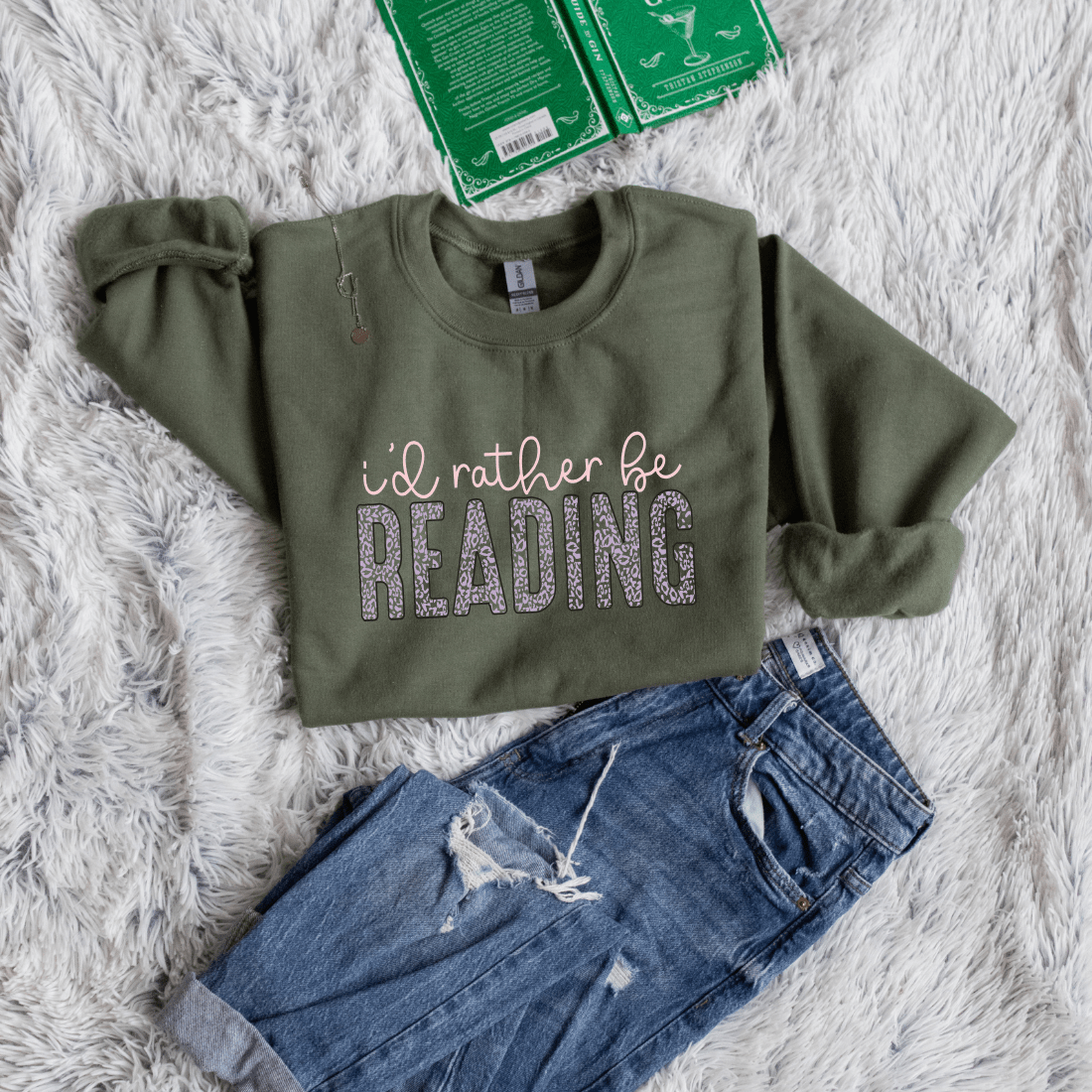
Books as Therapy: Using Reading to Process Emotions Together
Table of content
- 1. Key Takeaways
- 2. What Is Book Therapy? A Simple Breakdown
- 3. Choosing the Right Books for Emotional Support
- 4. Shared Reading: Healing Together
- 5. How to Build an Emotion-Based Reading List
- 6. Reading as Part of Mental Health Self-Care
- 7. When to Consider Professional Help (And How Books Fit In)
- 8. Book Therapy for Kids and Teens
- 9. Building a Book Therapy Routine at Home
Key Takeaways
- Book therapy uses reading to help process emotions and stress.
- Shared reading encourages empathy and better communication.
- Both fiction and nonfiction can offer comfort and insights.
- Bibliotherapy is recognized as a helpful tool in mental health.
- You can create personalized reading lists based on current feelings.
What Is Book Therapy? A Simple Breakdown
Book therapy, also known as bibliotherapy, is a way to use books to help understand and manage emotions. It involves reading materials that connect with your feelings. Many people—teachers, librarians, and even therapists—have used books to help manage stress and emotional pain.
How It Works
- Activates Empathy: Reading allows your mind to experience different perspectives.
- Provides Insight: Stories can help explain your own thoughts.
- Acts as a Guide: Characters and plots give examples of how to manage similar feelings.
Simple Points
- Purpose: It is not a cure-all but a supportive tool.
- Method: Choose books that match how you feel or that challenge you to see things differently.
- Experience: Many find that reading helps lessen anxiety and stress.
For further insight into the benefits of reading, see How Your Brain Develops While Reading.
Why It Matters
Book therapy gives readers a chance to connect with their inner selves in a safe space. The process is gentle. Each story can help you understand your feelings better, and this understanding can ease the heaviness of stress and worry.
Choosing the Right Books for Emotional Support
Finding the right book is important for effective book therapy. Not every story will help, so choose books that match the mood or goal you have. Books can come in many forms—from memoirs that share personal journeys to novels that offer an escape from reality.
Tips for Selection
- Match Your Mood:If you feel low, consider a memoir or gentle poetry. If you need an escape, a fiction book with relatable characters might work.
- Purposeful Reading:Choose books with themes that speak directly to the emotion you want to work through.
- Avoid Overload:Sometimes, a too intense book may add to your stress. Pick wisely.
A Quick Reference Table
| Emotion | Suggested Genre | Example Use |
| Sadness | Memoir or Poetry | Comfort in shared loss |
| Anxiety | Cozy Mystery | Calming distractions |
| Anger | Dystopian Fiction | Understanding frustration |
| Loneliness | Literary Fiction | Feeling connected |
Additional Resources
For more ideas on good reads during stressful times, check out Books That Help With Stress Relief and Relaxation.
Shared Reading: Healing Together
Sharing a reading experience with friends, family, or a book club adds another layer of support. When reading together, discussions can bring different perspectives and help everyone feel understood.
Benefits of Group Reading
- Increases Empathy: Discussing a book can reveal hidden emotions and experiences.
- Strengthens Bonds: Regular discussion leads to deeper relationships.
- Creates Safe Spaces: A group setting allows you to share feelings without judgment.
Simple Ways to Start
- Book Club Meetings:Set up regular sessions to discuss a chosen book. Focus on themes that matter to you and your group.
- Family Reading Time:Read out loud together during quiet evenings.
- Support Groups:Include short readings as part of group therapy sessions.
For more guidance on starting shared reading sessions, see Guide to Starting a Book Club with Friends.
Quick Benefits List
- Encourages open discussion
- Validates emotions
- Builds a small community of support
How to Build an Emotion-Based Reading List
A reading list based on your emotions can be a powerful tool. The idea is to select books that either mirror your feelings or offer a contrast that helps you shift your state.
Steps to Create Your List
-
Identify Your Emotion:
Write down what you feel most at the moment. -
Match Emotions to Books:
Look for books that tackle the same themes. -
Set a Goal:
Decide if you need comfort, guidance, or a challenge through reading.
Example Reading List Template
| Current Feeling | Recommended Book Title | Reason to Read |
| Overwhelmed | The Midnight Library | It shows choices and hope |
| Grief | When Breath Becomes Air | Offers honesty about loss |
| Uncertainty | Big Magic | Inspires creativity and trust |
Break It Down with Bullet Points
- Write down feelings in a journal.
- Match each feeling with at least one book.
- Adjust your list as your moods change.
For more tips on managing your reading time, check How to Find Time for Daily Reading in a Busy Life.
Reading as Part of Mental Health Self-Care
Integrating reading into daily self-care routines can help manage stress and improve emotional wellbeing. Books offer a quiet, reflective time that allows for self-awareness and relaxation.
How Reading Supports Self-Care
- Relieves Stress - A calm book can ease the mind before sleep.
- Encourages Reflection - Journaling after reading helps process thoughts.
- Offers Consistency - Regular reading builds a daily habit of self-care.
Practical Self-Care Tips
- Set aside 15–20 minutes daily for reading.
- Create a reading nook that feels comfortable.
- Combine reading with light stretching or tea.
External Resources
- The NHS guide on bibliotherapy explains how reading can be a tool in mental health.
- You may also explore the The Reading Agency – Reading Well Program for community-based support.
For additional ideas on setting up a cozy space, see 5 Ways to Make Your Home Feel Like a Book Haven.
When to Consider Professional Help (And How Books Fit In)
While book therapy is a helpful tool, it is not a substitute for professional help when needed. Sometimes the issues may be too overwhelming to manage alone with books.
Recognizing the Need for Help
- Emotional Overload:Feeling numb or overly anxious despite reading.
- Isolation:Avoiding social interactions for long periods.
- Lack of Improvement:No change after trying various books.
How Books and Therapy Can Work Together
- Homework Assignments:Therapists may recommend specific readings.
- Journaling:Write down insights after reading.
- Discussions:Share thoughts with a mental health professional.
Simple Do’s and Don’ts
- Do:Use books as a bridge for conversation. Note insights and discuss them with someone you trust.
- Don’t:Rely solely on books if your mood does not improve.
- Check-In Regularly:Make time for both personal reading and professional guidance.
Book Therapy for Kids and Teens
Children and teenagers often find it easier to open up through stories rather than direct conversation. Book therapy can gently introduce ideas of emotional awareness and empathy at a young age.
Why It Works for Younger Readers
- Relatable Characters:Young readers see parts of themselves in the characters.
- Visual Storytelling:Illustrations and age-appropriate language help connect ideas.
- Indirect Communication:Stories let them explore feelings without feeling exposed.
Ideas for Book Therapy with Young People
- Picture Books:Books with clear images and simple text.
- Graphic Novels:These offer visual clues to support the text.
- Discussion Prompts:Use questions like “How do you think the character feels?” to open conversation.
For inspiring choices, consider 10 Books Every Book Lover Should Read At Least Once as a starting point.
Building a Book Therapy Routine at Home
A regular reading routine can help maintain emotional balance. Setting aside time for book therapy every day is a practical way to care for your mind and emotions.
Establishing Your Routine
- Daily Time:Dedicate 20–30 minutes each day for quiet reading.
- Journaling:Write a few sentences about what you felt after reading.
- Mood Tracking:Use a simple table or list to note changes over days.
| Date | Book Title | Emotion Before | Emotion After | Observations |
| 2025-04-01 | The Midnight Library | Tired | Calmer | Found hope in choices |
| 2025-04-02 | Big Magic | Frustrated | Inspired | New ideas sparked |
Simple Daily Steps
- Choose a quiet place.
- Set a reminder to read.
- Reflect briefly after each session.
For ideas on keeping your routine fresh, visit Reading Rituals That Help You Unwind and Focus.
What kinds of books are best for bibliotherapy?
Books that connect with your current feelings, such as memoirs for grief or cozy novels for anxiety, work best.
Do I need a therapist for book therapy to work?
No, but discussing your insights with a trusted person or professional can enhance the benefits.
Can book therapy help with anxiety or depression?
Yes. Reading can offer comfort and new perspectives, but it should be part of a broader self-care plan.
What if a book makes my feelings worse?
Stop reading that book and choose another that feels safer. It’s okay to try different genres to see what suits you best.
Are there programs that support book therapy?
Yes. Many libraries and mental health centers offer bibliotherapy groups and workshops.







